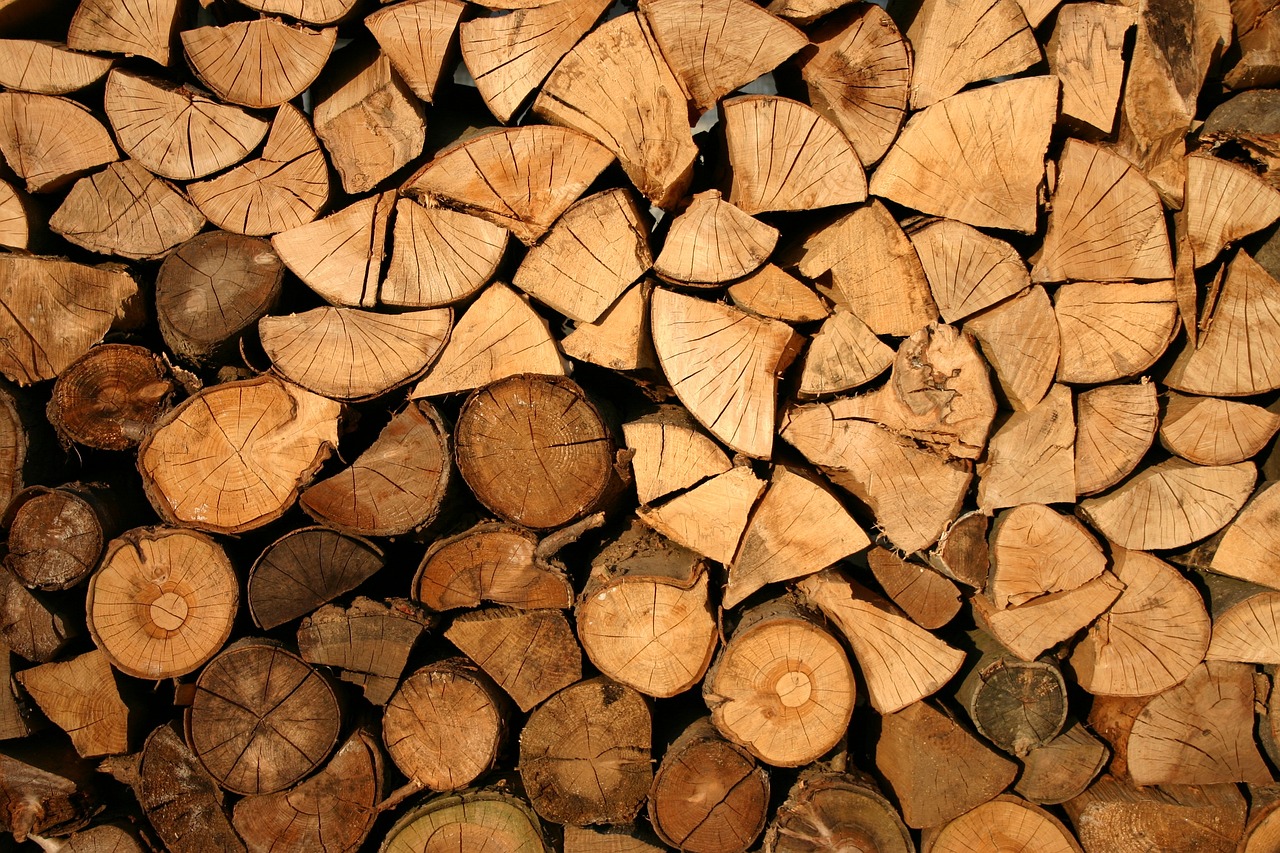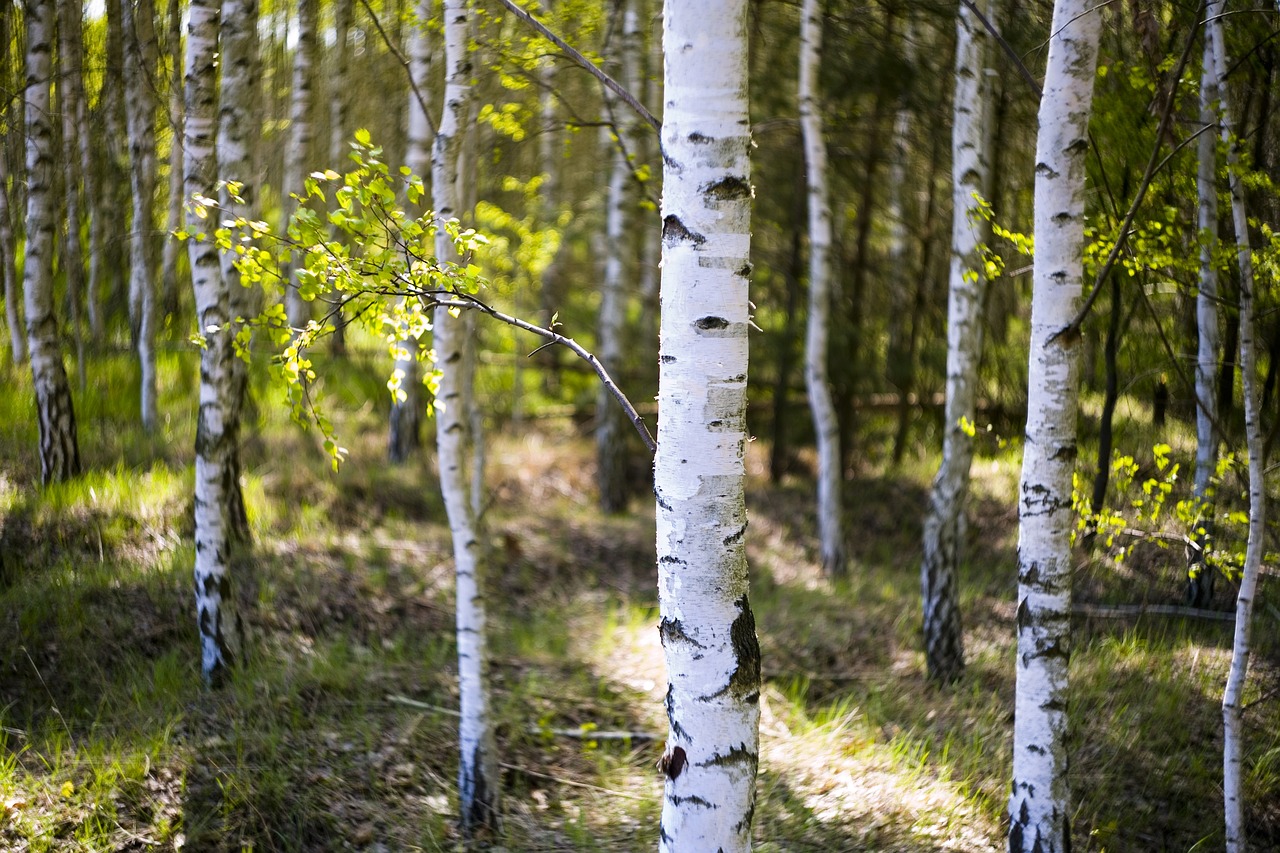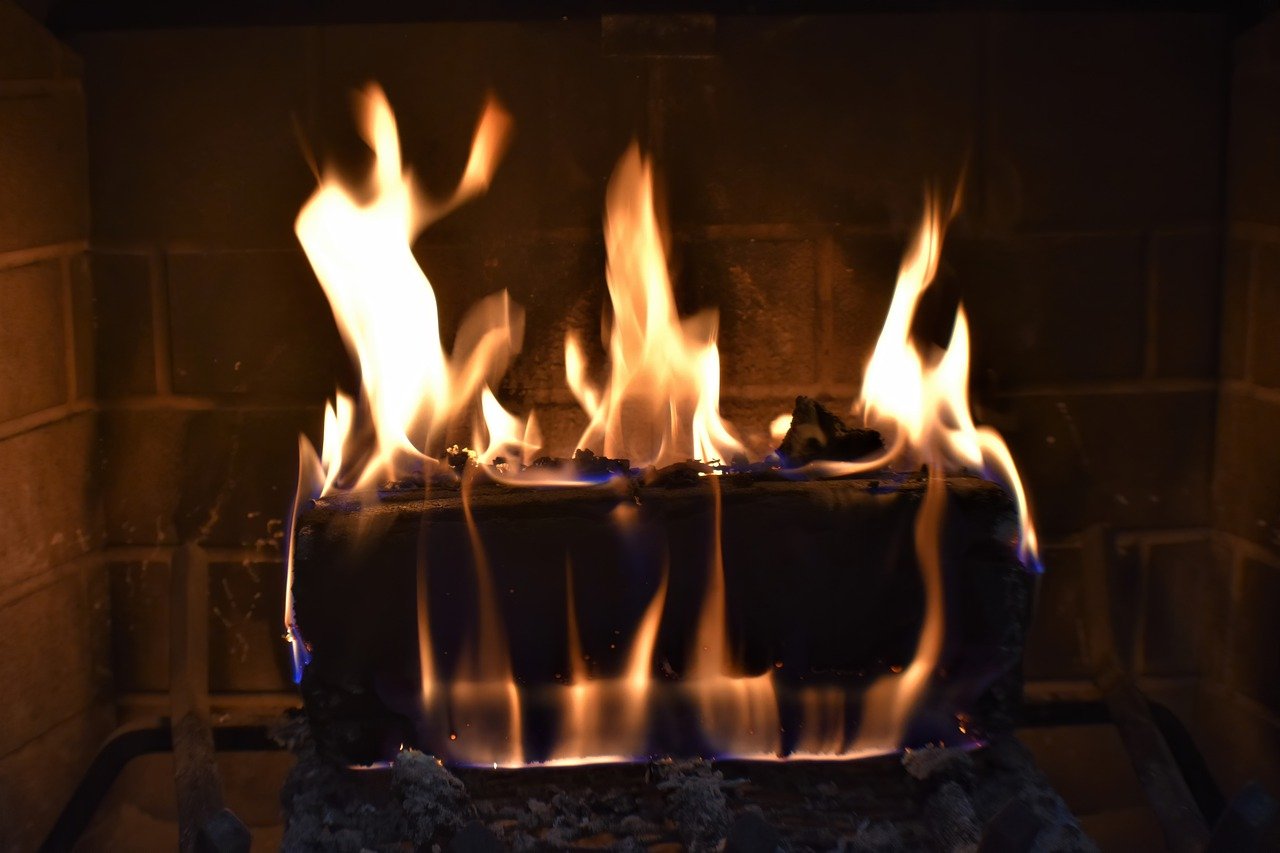When the leaves on the trees start changing colours and the ivy starts blooming, you know autumn has arrived and it’s time to start stocking up on firewood for winter. The decision you have to make is whether to choose kiln dried logs or naturally dried seasoned logs.
If you heat your home by lighting a fire in your wood burner or your fireplace, then you are already thinking about how much fire wood you need for the upcoming winter season. Wood that comes from a newly-felled tree is green, a useless fire wood due to its high water content. In fact, green wood can hold up to sixty percent moisture. This wood is dried, it can be season or kiln dried, and there is a difference.
Seasoned Firewood
Seasoned firewood is dried naturally. This drying process can take anything from one year to a year and a half. Some people believe storing it in a dry storage area for three years is best. How you dry green firewood is determined by numerous factors, including:
- The hardness of the wood
- Whether the tree was dead or alive when it was cut down
- What month the tree was cut. Summer months are considered the best
- How it is stacked, as it needs airflow to allow the moisture to evaporate
As the wood dries it tends to crack on the edges. The colour will change to a grey dull colour. It should also weight less, as the moisture level will have dropped considerably. Be careful if you season your own wood, leaving it too long to dry can cause it to decompose.
Kiln Dried Logs
Kiln dried logs speeds up the drying process of newly cut wood. The wood is put into a climate controlled kiln, baking the wood between fifty and one hundred degrees Celsius. The kiln keeps the humidity low and it is dried for up to six days. The moisture content drops to less than twenty percent, making it ideal for placing in your fireplace. It also weighs less than seasoned wood with a hollow sound if you tap on it.
Are Kiln Dried Logs Better than Seasoned?
It’s a cold winters afternoon in England, it’s raining outside, and you want to warm up your home. The first thing you do is light your fire. Kiln dried logs have less water frapped in them, therefore they are quick and easy to light. Add a small amount of kindling to help it get going, or some shredded newspaper. With less moisture in the wood, you can expect less smoke, as the wood burns cleaner. It also reduces how many particles are released into the atmosphere. This is an excellent option for home-owners as it reduces the risk of negatively impacting your lungs and immune system by breathing in too much smoke.
Kiln dried logs also burn efficiently, due to their low moisture content. This means you use fewer logs to heat your home, when compared to seasoned logs. One of the many reasons why kiln dried logs are better than seasoned is that the kiln drying process destroys mould and pests.
At the same time, you will note that seasoned wood tends to be on the cheaper side, but when it comes to burning, you will find it takes time to burn, turns to ash quickly, and you need to restock your fire a few times a night to stay warm. Therefore, you use considerably more wood when using seasoned wood compared to kiln dried wood.
In Summary
When weighing up the pros and cons of kiln dried logs and seasoned logs, it’s easy to see that the kiln dried logs are better than seasoned if you want to warm your home this winter, reduce the risk of particles being released into the air, and you want to save money by using fewer logs at a time to warm up the home and keep cosy on a cold winters night.





